Pinus resinosa
Pinus resinosa red pine
This is a tall northern conifer with needles in bundles of two. These needles tend to be 3-6 inches long, thus longer than those usually found in the otherwise similar Scotch pine. The needles are thin - less than 1⁄16 inch across and brittle. They are usually dark green in color. Older needles turn brown in the autumn before falling off. Older branches on mature trees also fall off leaving a length of trunk before the lowest living branches.
The immature male cones are dark purple and the female ones are scarlet. The mature seed cones are 1 ½ to 2 ½ inches long and the cone scales have no thorns. The trunk is usually straight. The upper bark can have a red-brown coloration. Although there is a rare dwarf form, the tree usually reaches a height of 50 to 80 feet. The trunk diameter is 1-2 feet. The similar loblolly and shortleaf pines are more southern trees with little overlap in range.
The red pine is a beautiful tree and is often used for reforestation. It is not shade-tolerant, but can grow well in cold, windy areas. DNA studies show a very low genetic diversity, suggesting that, perhaps during the ice age, its population was very small. The lumber is used for pulp, shipbuilding, general construction and piling. It is oddly sometimes called the Norway pine, but is native only to North America. Its normal range is around the northern Great Lakes, New England and the St. Lawrence Valley. It is not native to most of the state but is frequently planted here.
Habitat & Range
Grows on dry slopes and mountain tops in dry sandy soils, often in pure stands. Needs full sun.
Mostly found in central and north-central parts of the state. It is native in the northern part of the state & is planted elsewhere.
| EMP: | FACU |
|---|---|
| NCNE: | FACU |
Phenology
Produces pollen in mid-spring.
Characteristics
Tree medium to large-sized; trunk single & straight, dead lower branches fall off; broad round crown
Needles two per cluster; straight, brittle, pointed; dark green color; 4-6 inches long
Twigs stout, ridged, light to dark brown; buds egg-shaped, 0.5 inch long
Seed Cones green when young, turning brown at maturity, 2-3 inches long; contain numerous brown nutlets
Bark reddish brown, more red closer to the top; many flat scales
Height 40-80 feet avg. height, can grow up to 110 feet
Fall Color evergreen
Age 150-200 yrs
Identification Tips
2 needles per cluster
Plant Codes
S-rank: No rank
G-rank: G5 (Secure)
Ecology
Mice, chipmunks and various songbirds feed on the seeds.

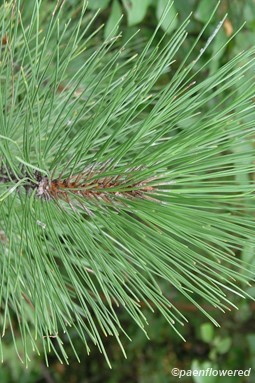
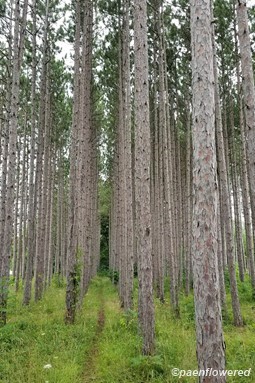
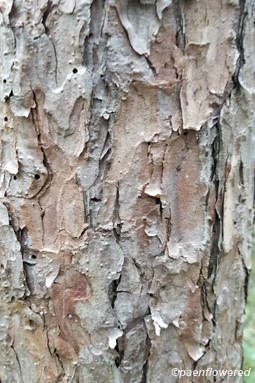
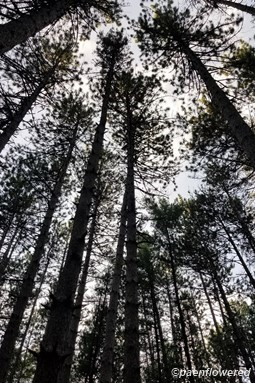

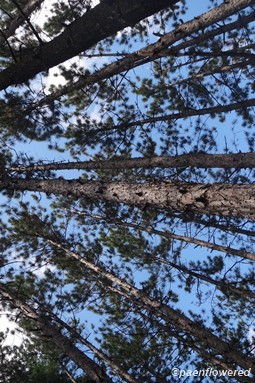
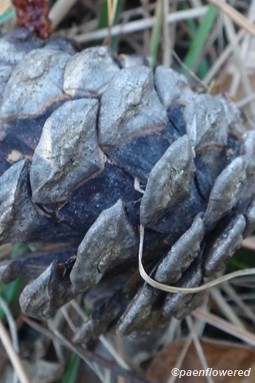
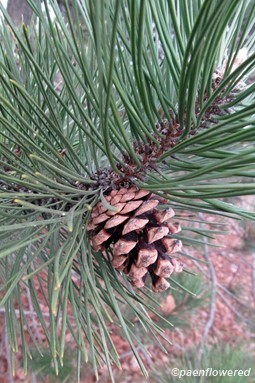








Comments
Have you spotted this plant in your area? We'd love to hear about your experience! Share your comments or questions about the plant below. Comments are moderated before posting.